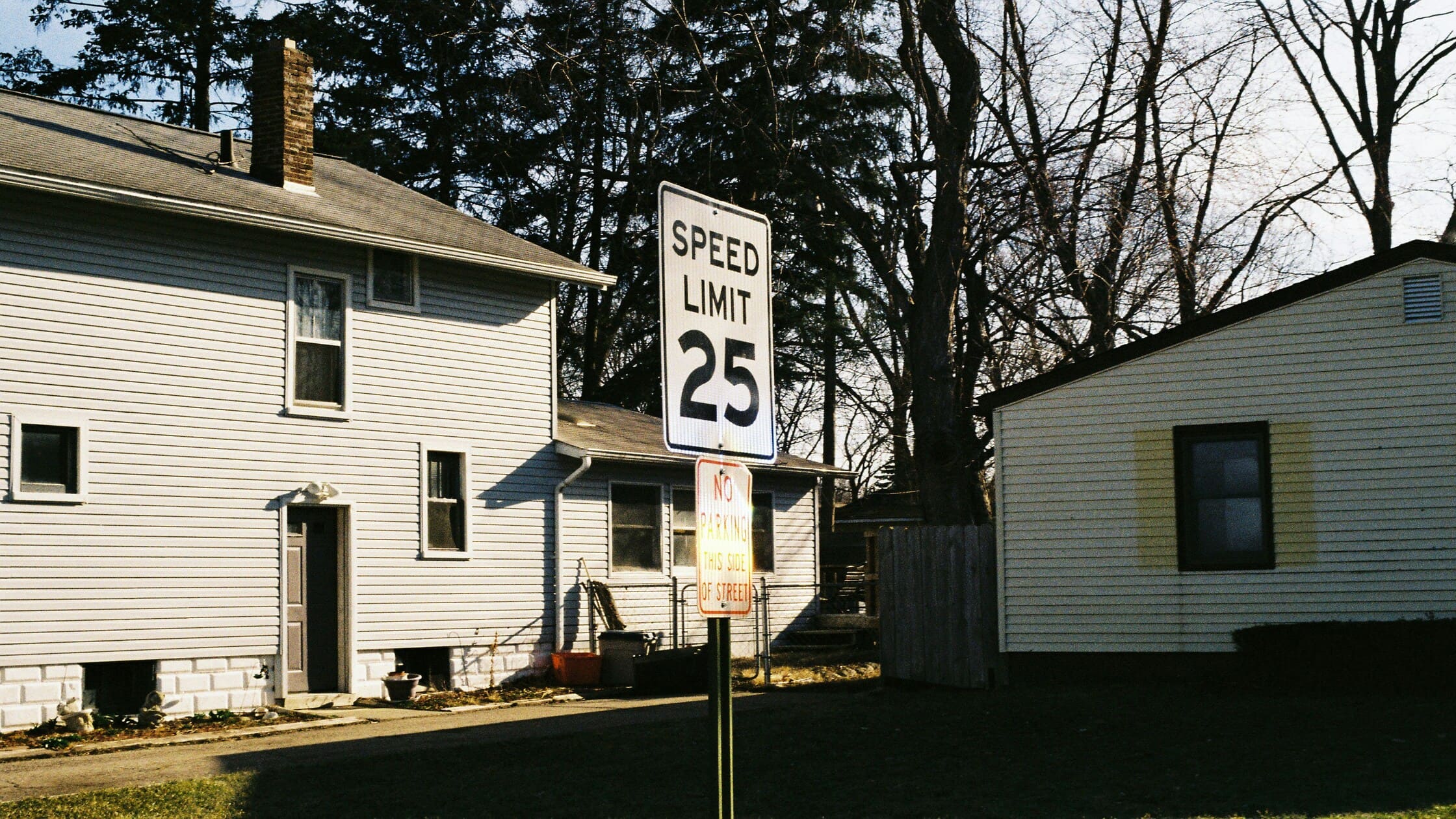Renting out a room in your house can open up a valuable stream of extra income while making full use of your property. In this guide, we explain how to rent out a room in your house step by step.
Whether you’re a seasoned landlord or a first-time host, our detailed insights will help you navigate every aspect of the process, from pricing and legalities to advertising and tenant screening.

Is Renting Out a Room in Your House a Good Idea?
Yes, renting out a room in your house can be a good idea, but it depends on your financial goals, lifestyle, and willingness to share your space. Many homeowners choose this option to earn extra income, offset mortgage payments, or fully utilize unused rooms. However, this also comes with potential pros and risks that you should carefully consider.
Pros & Cons of Renting Out a Room
Renting out a room in your house can provide a significant financial boost. However, before you jump in, it’s important to weigh the pros and cons. Here’s a breakdown:
In conclusion, renting out a room can be a smart move if financial relief or cost-sharing is your priority, but it may not suit those who highly value privacy. It is generally best for homeowners seeking extra income, individuals comfortable with shared living, and those willing to handle tenant management while following local regulations.
Is It Legal to Rent a Room in Your House?
In most areas, it is perfectly legal to rent out a room. However, you should:
- Review local zoning and housing laws to ensure compliance.
- Understand your homeowners’ association rules if applicable.
- Verify that you meet all safety and building code requirements.
When you ask “can I rent a room in my house?”, keep in mind that while it’s generally allowed, following legal protocols is vital to avoid penalties.
How To Rent Out a Room In Your House? 8 Important Checklists for Landlords
Renting out a room can be a practical way to generate extra income and make use of unused space. However, this requires the owner to have legal awareness, clear communication, and preparation to ensure a smooth and profitable experience.
Below is an 8-step checklist every landlord should follow:
1. Understand Local Laws and Zoning Rules
Before listing your room, first confirm if it is legal to rent rooms in your house under local regulations. Both local and zoning laws govern how properties can be used or rented in specific areas. Some cities allow short- or long-term rentals with specific permits, while others restrict them entirely.
In New York City, renting out a room comes with strict conditions. Short‑term rentals under 30 days are only legal if you, the host, live in the home during the guest’s stay, and you can host no more than two paying guests at a time. Guests must also have free access to all exits and common areas. If you rent for 30 days or more, it is allowed, but you must still follow the city’s registration requirements under Local Law 18 to avoid steep fines.
Besides, in certain areas, like Los Angeles, you can legally rent out a room in your primary residence if you register for a Home‑Sharing Permit. There’s a 120‑day annual limit for short‑term rentals, but you can apply for an extended permit if you meet stricter conditions.
2. Know Fair Housing Regulations
When you decide to rent out a room in your house, you’re stepping into the role of a landlord, which means federal and state Fair Housing laws now apply. These laws are designed to prevent discrimination based on race, religion, national origin, sex, familial status, or disability (HUD.gov). Even if you’re only renting a single bedroom, failing to follow these rules can lead to complaints, fines, or even lawsuits.
To stay safe, craft your ads using neutral, descriptive language. Instead of focusing on the type of person you want, focus on the home and lifestyle you offer. A line like “Quiet home with shared kitchen and private bathroom, 15 minutes from downtown” tells potential tenants exactly what to expect without violating Fair Housing regulations.
3. Draft a Rental Agreement or License
Even if you’re only renting out a single bedroom, having a written rental agreement is essential. A clear contract protects both you and your tenant, outlining expectations and responsibilities from the start. At a minimum, the agreement should cover:
- Rent amount and payment due date
- Security deposit and refund conditions
- Duration of the rental (month‑to‑month or fixed‑term)
- Responsibilities for utilities and shared spaces
Remember to check your state’s landlord‑tenant laws to ensure it meets local renting room rules and regulations before finalizing the document.
4. Screen Potential Tenants
Proper tenant screening reduces risks of late payments or property damage. Ask for:
- Background and credit checks
- Employment verification or proof of income
- References from previous landlords
Imagine you’re renting out a quiet bedroom in your home. One applicant seems perfect—friendly, well‑spoken, and ready to move in quickly. But when you ask for a background check, they refuse. That’s a clear red flag. It might indicate past issues with rent payments or legal troubles. So, taking the time to verify every tenant helps you protect your property and peace of mind.
5. Prepare the Room and Shared Spaces
Tenants browsing where to post a room for rent sites like Craigslist or Zillow are more likely to choose rooms with clear, well-lit photos and ready-to-move-in conditions. So, before posting your rental, make the rental room appealing and safe by:
- Clean thoroughly and repair any damage
- Install functioning smoke and carbon monoxide detectors
- Provide essential furniture if offering a furnished room
6. Check Your Mortgage, Insurance, and HOA Policies
Before renting out a room, check your mortgage terms; some lenders require notification if you rent part of your home. Also, update your insurance to include landlord or renter’s coverage to protect against tenant-related damages.
Next, review your home insurance policy. Adding landlord or renter’s coverage ensures you’re protected if a tenant accidentally causes a kitchen fire or slips in the driveway.
If your home is part of a Homeowners’ Association (HOA) or condo building, check the rules for renting a room in your house. Many associations limit short‑term rentals, charge extra fees, or require written approval before you accept a tenant. Ignoring these policies could result in fines—or worse, legal action from the HOA.
By confirming these three areas early, you avoid costly surprises and start your rental arrangement on solid footing.
7. Set Rent and Handle Taxes
Determine how much you should charge for rent for a room by researching local listings on Zillow, Facebook Marketplace, or bedrooms for rent in Brooklyn ads for comparison. Remember rental income is taxable. Keep records of expenses for potential deductions like maintenance and insurance.
Tip: Factor in utilities, amenities, and room size.
8. Communicate House Rules Clearly
A successful room rental starts with clear expectations. Write simple house rules that cover quiet hours, guest policies, cleaning duties for shared areas, parking, and pet guidelines.
For example, if the tenant can use the kitchen, specify whether they may store items in the fridge or host overnight guests. Laying out these renting a room rules and regulations upfront prevents misunderstandings and makes how does renting a room work much smoother for everyone.
How Much Should You Charge for Rent?

The rental price is variable and depends on factors like location, demand, room size, and included amenities. Successfully learning how to rent out a room in your house starts with understanding the local market and the unique value your space provides.
How to Set a Competitive Rental Price?
To determine how much I should charge for rent for a room, consider:
- Local Market Rates: Research rental listings in your area. Look up similar offerings like bedrooms for rent in Brooklyn if you’re in an urban setting.
- Amenities and Services: Consider what utilities, internet, or other services you include.
- Room Size and Features: A larger room with a private bath might command a higher rent.
- Demand and Location: High-demand areas typically allow for higher prices compared to less competitive markets.
Can You List Your Room for Short-Term Rentals?
Yes, many homeowners choose to rent out a room on a short-term basis:
- Flexibility: Short-term rentals may allow you to adjust pricing according to seasonal demand.
- Platform Options: Use platforms like Airbnb, VRBO, or local listing sites.
- Local Regulations: Always check if short-term rentals are permitted in your area. This section covers how renting a room works for both short-term and long-term arrangements.
How to Advertise Your Room for Rent ( and Find Reliable Tenants Fast)
Effective advertising is key when you want to learn how to rent out a room in your house. A well-crafted rental listing can attract quality tenants and speed up the process.
Best Places to Post a Room for Rent
When considering where to post a room for rent, consider these platforms:
- Online Marketplaces: Craigslist, Zillow, and specialized rental sites.
- Social Media: Facebook Marketplace and local groups.
- Rental Platforms: Websites like Roomster or even Airbnb for short-term options.
- Local Community Boards: Local newspapers and bulletin boards can also be effective.
How to Write an Effective Rental Listing?
To create an attractive rental listing when renting for the first time:
- Be Clear and Concise: Clearly describe the room, amenities, and house rules.
- Include Quality Photos: Visuals can significantly enhance your listing.
- Highlight Unique Features: Mention any extras that make your room stand out (e.g., proximity to public transit, a great view).
Learning how to rent out a room in your house and write a rental listing is critical. Remember, these features can help you to avoid potential disputes.
How to Screen Tenants & Avoid Common Mistakes

Selecting the right tenant is crucial for a smooth rental experience. A thorough screening process can help you learn how to rent out a room in your house without future headaches.
What to Look for in a Tenant
When evaluating potential tenants, keep these factors in mind:
- Financial Stability: Ensure they have a reliable source of income.
- Rental History: Positive references from previous landowners are a plus.
- Compatibility: Assess whether their lifestyle aligns with your household.
- Background Check: Consider their history regarding rent payments and behavior.
How to Conduct a Tenant Background Check (Legally & Effectively)
Follow these steps for a comprehensive screening:
- Rental Application: Collect detailed personal, employment, and rental history.
- Reference Checks: Contact former landlords and employers.
- Credit Check: A credit report can reveal their financial reliability.
- ID Verification: Confirm their identity using official documents.
- Legal Compliance: Adhere strictly to fair housing laws throughout the process.
A meticulous screening process ensures that you know exactly how to rent out a room in your house with confidence and legal security.
Tips: Learn about the difference between tenant screening and credit monitoring in this blog for more details.
A careful screening process gives you confidence in how to rent out a room in your house without unexpected legal or financial surprises. For a faster, fully compliant solution, you can use trusted services like LeaseRunner to handle applications, credit reports, and full-service background reports all in one place.
Creating a Rental Agreement
A well-drafted rental agreement is essential for protecting both you and your tenant. This contract should clearly outline every detail of the rental arrangement.
What Should Be Included in a Lease Agreement?
A comprehensive lease agreement for how to rent out a room in your house should include:
- Rent Details: Monthly rent amount, due date, and acceptable payment methods.
- Security Deposit: Amount and conditions for return.
- Lease Term: Specify whether it’s a month-to-month or a long-term agreement.
- House Rules: Guidelines on shared spaces, noise levels, guest policies, and cleaning responsibilities.
- Utilities: Clearly state what utilities are included in the rent.
- Termination Conditions: Procedures for ending the lease, including required notice periods.
Month-to-Month vs. Long-Term Lease: Which is Better?
Deciding between a month-to-month lease and a long-term lease depends on your situation:
Based on the difference, evaluate your financial needs, local market trends, and personal preferences before making a decision.
A clear rental agreement sets the foundation for understanding how to rent out a room in your house with minimal disputes.
Managing Tenant Relationships & Handling Issues
Once your room is rented out, managing the relationship with your tenant is key to maintaining a positive rental experience.
How to Set Boundaries with a Roommate-Tenant
Establish detailed boundaries to ensure a harmonious living situation:
- Define Private vs. Shared Spaces: Clearly mark which areas are for personal use and which are shared.
- House Rules: Establish rules for noise, guest visits, and common areas.
- Regular Communication: Keep an open line of communication to address any issues early on.
- Written Agreements: Include all expectations in the lease agreement to avoid misunderstandings.
What to Do If a Tenant Stops Paying Rent?
Handling non-payment swiftly is crucial:
- Immediate Communication: Contact the tenant as soon as a payment is missed.
- Formal Notice: Issue a written reminder or late payment notice.
- Legal Action: If necessary, begin the eviction process in accordance with local laws.
- Stay Professional: Keep a calm and professional demeanor to resolve the situation effectively.
By managing relationships proactively, you maintain control over how to rent out a room in your house and minimize potential conflicts.

Final Thoughts
Renting out a room in your house is a good way to generate extra income while making the most of your property. By following this guide, you now know exactly how to rent out a room in your house successfully.
With proper planning and adherence to legal requirements, you can attract reliable tenants, protect your investment, and enjoy the benefits of extra income. For more tips and facts regarding renting issues in US states, feel free to visit our LeaseRunner blog.
FAQs
Q1. Is It Legal To Rent Rooms In Your House?
Yes, renting rooms in your house is generally legal, but you must comply with local zoning laws, housing regulations, and any homeowners’ association rules that apply.
Q2. How To Advertise Room For Rent?
Before learning how to rent out a room in your house, it’s important to advertise your room. For that, creating a clear, detailed listing and using social media, rental websites, and community boards will be efficient.
Q3. How Much Should I Charge For Rent For A Room?
First, you should do a small research on the average rent amount (based on where you live). For example, check similar listings (like bedrooms for rent in Brooklyn) to see typical prices, usually between $500 and $1,200 per month.
Adjust for location, lease length, and whether utilities are included, and always ensure you comply with local regulations.
Q4. Where To Post A Room For Rent?
You can post your room for rent on various online marketplaces like Craigslist, Zillow, and Roomster. Social media platforms such as Facebook Marketplace and local community groups are also effective.
Additionally, consider using rental-specific sites like Airbnb for short-term options and local bulletin boards or campus notice boards for extra exposure.
Q5. How does renting a room work?
Renting a room typically involves setting a rental price, advertising the space, screening tenants, and signing a lease. Understanding how to rent out a room in your house or how renting a room works can save you time and hassle.







